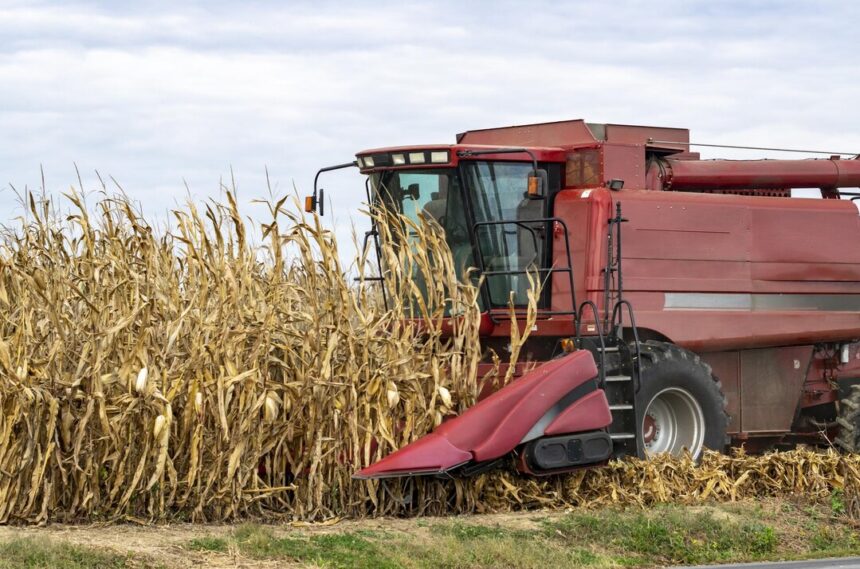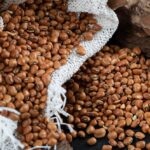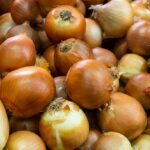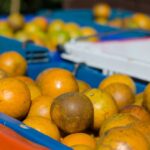Harvesting machines have revolutionized agriculture, enabling farmers to save time, reduce labor costs, and maximize productivity. However, improper use of these machines can result in inefficiencies, crop losses, and machine wear and tear. South African farmers, particularly those dealing with large-scale or commercial farming, must adopt best practices to make the most of their investment in harvesting machinery.
1. Select the Right Machine for Your Crop
Different harvesting machines are designed for specific crops, such as combine harvesters for grains, forage harvesters for silage, and sugarcane harvesters for sugarcane. Using the wrong machine can damage crops and lower efficiency. Research and invest in machines suited to your crop type, field size, and harvesting conditions.
2. Conduct Pre-Harvest Maintenance
Before harvest season, ensure your machine is in top condition. Inspect key components like blades, belts, tires, and the engine. Replace worn-out parts and lubricate moving components. Regular maintenance reduces the risk of breakdowns during critical harvesting periods.
3. Calibrate the Machine for Your Field
Proper calibration ensures the machine operates efficiently and minimizes crop loss. Adjust settings such as cutting height, fan speed, and threshing drum speed according to the crop type and field conditions. For example, in wheat harvesting, the cutting height should match the crop’s maturity to reduce losses.
4. Train Operators Thoroughly
Untrained operators can misuse machines, causing inefficiency and damage. Ensure all operators are well-trained in using the specific harvesting machine, including its controls, safety protocols, and troubleshooting. Provide refresher training before every harvest season to ensure optimal performance.
5. Monitor Field Conditions
Harvesting efficiency can be influenced by field conditions, such as soil moisture, crop maturity, and terrain. Avoid using machines in excessively wet or muddy fields, as this can cause soil compaction and damage to the machine. Monitor crop maturity to harvest at the right time for maximum yield and quality.
6. Use Machines During Optimal Times
Harvesting during cooler parts of the day, such as early morning or late afternoon, can help reduce heat stress on machines and workers. Additionally, grains and other crops are less likely to shatter during cooler conditions, minimizing losses.
7. Maintain Proper Speed
Operating harvesting machines at inappropriate speeds can lead to inefficiency and crop damage. A slow speed may delay harvesting, while a high speed can increase losses. Follow the manufacturer’s guidelines for optimal speed based on crop type and field conditions.
8. Reduce Downtime Through Efficient Planning
Plan your harvesting schedule to minimize machine downtime. Ensure that refueling, maintenance, and cleaning are done during non-harvesting hours. Maintain a steady supply of spare parts to address minor repairs quickly.
9. Keep Machines Clean
Debris, dirt, and crop residues can clog machine parts and reduce efficiency. Clean the machine regularly, especially after completing work in one field, to prevent blockages and ensure smooth operation. For example, clean the cutter bar and threshing drum after harvesting each crop type.
10. Analyze Performance Post-Harvest
After each harvest, review the machine’s performance to identify areas for improvement. Check for signs of crop loss, uneven cutting, or incomplete threshing. Use this information to make adjustments for future harvests and improve overall efficiency.
Using harvesting machines effectively requires careful planning, maintenance, and operation. By following these best practices, South African farmers can maximize efficiency, reduce crop losses, and extend the lifespan of their machines. Proper use of harvesting technology not only boosts productivity but also contributes to the sustainability and profitability of farming operations. Invest in training, regular maintenance, and post-harvest analysis to ensure you get the best return on your investment in harvesting machinery.







